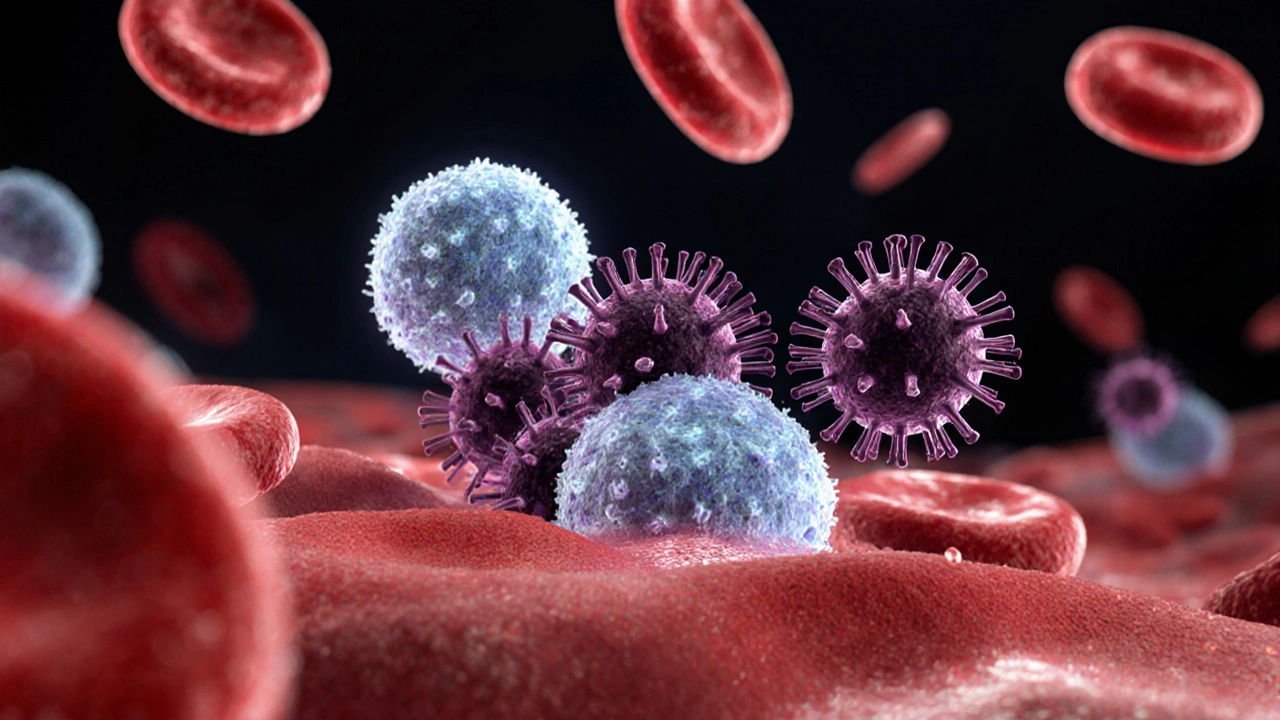HIV Testing – Your Complete Guide
When dealing with HIV testing, a medical screening that detects the presence of human immunodeficiency virus antibodies or genetic material in blood, plasma, or oral fluid. Also known as HIV test, it serves as the first step in confirming infection, planning treatment, and reducing transmission risk.
HIV testing encompasses several approaches: rapid antibody tests that give results in minutes, laboratory‑based immunoassays that combine antibody and antigen detection, and nucleic‑acid tests (NAT) that spot viral RNA directly. Accurate results rely on proper specimen collection, correct timing after exposure, and certified labs. Early detection drives timely antiretroviral therapy, the combination of medicines that suppress HIV replication and protect the immune system, which in turn improves health outcomes and lowers the chance of passing the virus to others.
Why HIV Testing Matters
Knowing your status changes more than just a label; it shapes your entire care plan. A confirmed positive result unlocks access to HIV medication, drugs such as Zerit (stavudine), Combivir, and newer regimens that keep the virus at bay. These treatments reduce viral load, preserve CD4 counts, and dramatically cut transmission risk. On the other hand, a negative result can guide preventive strategies like Pre‑exposure prophylaxis (PrEP), a daily pill that lowers the chance of acquiring HIV for high‑risk individuals. Understanding both the test and the therapeutic options helps you make informed choices about sexual health, needle safety, and routine screenings.
Testing also influences public‑health decisions. When communities adopt regular screening programs, health officials can map infection hotspots, allocate resources, and launch targeted education. Rapid tests at clinics, community centers, or even at home enable frequent monitoring for those on PrEP or recently exposed. Meanwhile, laboratory NATs are essential for confirming early infection when antibodies haven’t formed yet. Together, these tools create a feedback loop: more testing leads to earlier treatment, which reduces community viral load, which in turn lowers new infections.
Beyond the medical side, there are practical questions to consider: where can you get a reliable test? How much does it cost? What privacy protections exist? In many regions, public health agencies offer free, confidential testing, and online services let you order home‑collection kits with clear instructions. Always verify that the provider follows local regulations and uses accredited labs—this guards against false‑negative or false‑positive outcomes.
Finally, remember that a test result is not the end of the story. If you test positive, the next steps involve linking to care, discussing treatment options (including generics like Zerit or Combivir), and planning follow‑up labs to monitor viral suppression. If you test negative, schedule repeat testing after the recommended window period, especially after high‑risk exposure, and consider preventive measures like PrEP or condom use. The journey from screening to sustained health is a continuous loop of testing, treatment, and education.
Below you’ll find a curated list of articles that dive deeper into specific HIV medications, how to buy safe generics online, and the latest research on treatment options. Whether you’re looking for practical buying guides, medication comparisons, or the science behind new therapies, the posts ahead will give you clear, actionable information.
A plain‑language guide that explains what AIDS is, how HIV causes it, key symptoms, testing steps, and practical prevention methods.

